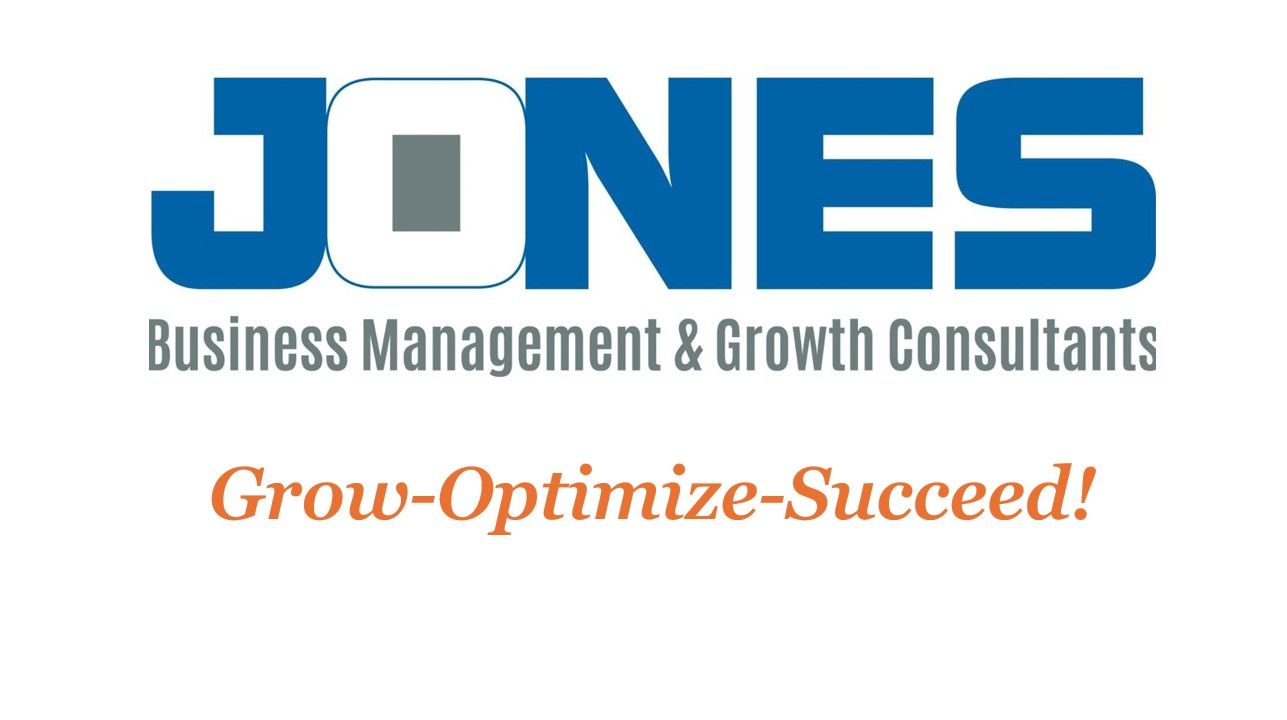Owner to Leader: How to Build a Business That Grows Without You-Part 4
This is a subtitle for your new post

One of the biggest challenges home service business owners face is creating a business that operates smoothly without constant oversight. When processes are inconsistent, things fall through the cracks—jobs take longer than they should, clients are unhappy, and your stress level goes through the roof.
The key to solving these problems lies in creating systems. Systems provide structure, ensure consistency, and free up your time by making daily operations more efficient.
If your business feels chaotic or unpredictable, this blog will show you how to implement systems that create order, efficiency, and long-term success.
Why Systems Are Essential for Growth
Systems are the backbone of a scalable business. Without them, your team is left to figure things out on their own, leading to:
- Mistakes: Key details get overlooked or forgotten.
- Inefficiency: Time is wasted reinventing the wheel for routine tasks.
- Inconsistency: The quality of work varies depending on who’s doing the job.
With systems in place, you create:
- Clarity: Everyone knows what to do and how to do it.
- Efficiency: Tasks are completed faster with fewer errors.
- Reliability: Customers receive the same high-quality service every time.
The Building Blocks of Effective Systems
1. Checklists for Routine Tasks
Checklists ensure that no step is overlooked, especially for repetitive tasks. They’re simple, easy to implement, and incredibly effective.
Example: Vehicle Prep Checklist
Before leaving the shop, every crew member should:
- Check fuel levels.
- Ensure all required tools are loaded.
- Verify that job-specific materials are packed.
- Conduct a quick equipment inspection for damage or wear.
When followed consistently, a checklist like this eliminates delays caused by forgotten items or equipment issues.
2. Standard Operating Procedures (SOPs)
SOPs are written instructions that outline how to complete specific tasks. They’re essential for training new employees and ensuring everyone performs tasks the same way.
Example: SOP for Client Follow-Ups
- Call the client within 24 hours of job completion.
- Ask if they’re satisfied with the work and if there’s anything else they need.
- Log the conversation in your CRM.
- If an issue arises, escalate it to the appropriate team member immediately.
SOPs eliminate guesswork and ensure consistent client experiences, building trust and loyalty.
3. Automation for Repetitive Processes
Technology can take many routine tasks off your plate, saving time and reducing errors.
Example:
- Use a CRM to automate appointment reminders and follow-up emails.
- Implement routing software to optimize travel schedules and reduce fuel costs.
- Set up online payment systems to streamline invoicing and collections.
Automation doesn’t replace your team—it supports them by handling the repetitive, time-consuming tasks that often slow things down.
How to Start Building Systems
1. Identify Problem Areas
Think about where your business struggles the most. Are tools often left behind? Are follow-ups inconsistent? These pain points are the best place to start.
2. Document the Process
Write down every step of the task in detail. Be as specific as possible—don’t assume team members will fill in the blanks.
3. Test and Refine
Have your team follow the system and provide feedback. Adjust as needed to make it as clear and efficient as possible.
4. Train Your Team
Introduce the new system in a meeting or training session. Explain its purpose and how it will make their jobs easier.
5. Monitor and Improve
Regularly review your systems to ensure they’re still effective. As your business grows, your processes may need to evolve.
Real-Life Example: Systems in Action
Jessica, the owner of a maid service, struggled with inconsistent quality among her teams. Some jobs would go perfectly, while others left clients dissatisfied.
To fix this, she created SOPs for every task, from cleaning a bathroom to closing out an appointment. She also introduced checklists for tools and materials, ensuring teams had everything they needed before leaving the office.
Within months, her client complaints dropped by 50%, and her customer retention rate increased. By building systems, Jessica created a reliable and scalable business that her clients trusted.
Start Building Systems Today
Here are three steps you can take right now:
- Pick one recurring problem in your business and create a checklist to address it.
- Write an SOP for a task that new employees often struggle with.
- Explore automation tools for scheduling, routing, or follow-ups.
When you take the time to build systems, you save time, reduce stress, and position your business for sustainable growth.
Is This Your Struggle? Let’s Talk
If this is an issue you are struggling with, I would like a chance to interview you for a program I am working on. This is not a sales call; this is market research. If you will give me 30 minutes of your time, when we conclude the call I would be happy to give you some free actionable steps you can use to help solve some of your issues. Schedule here: https://go.thryv.com/site/DanJonesConsulting/online-scheduling?service=0nafyomx1atct78q
















